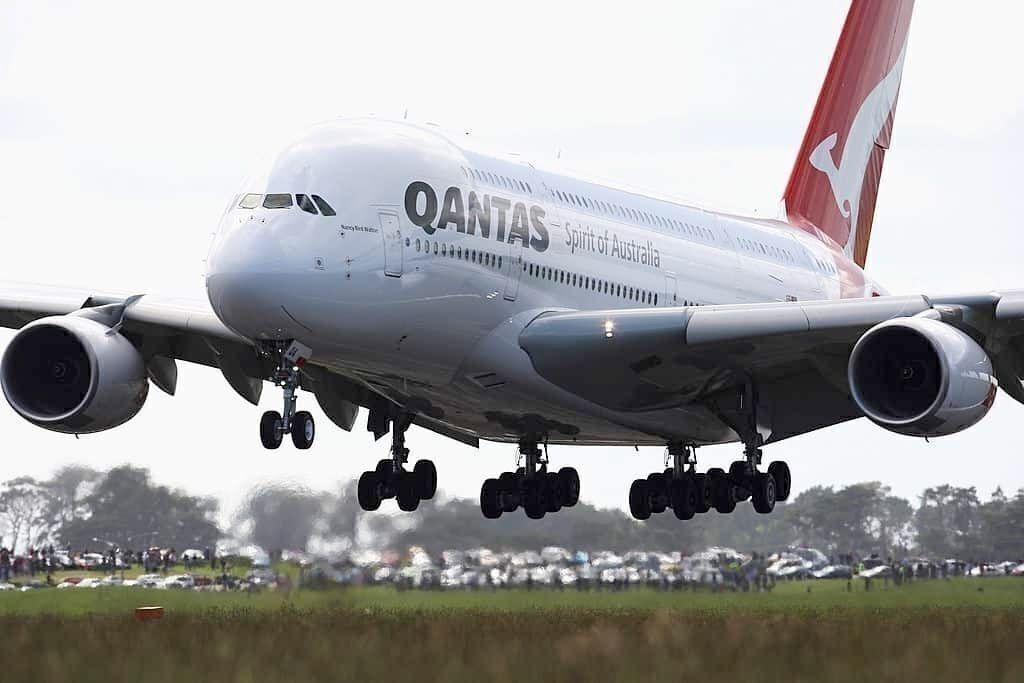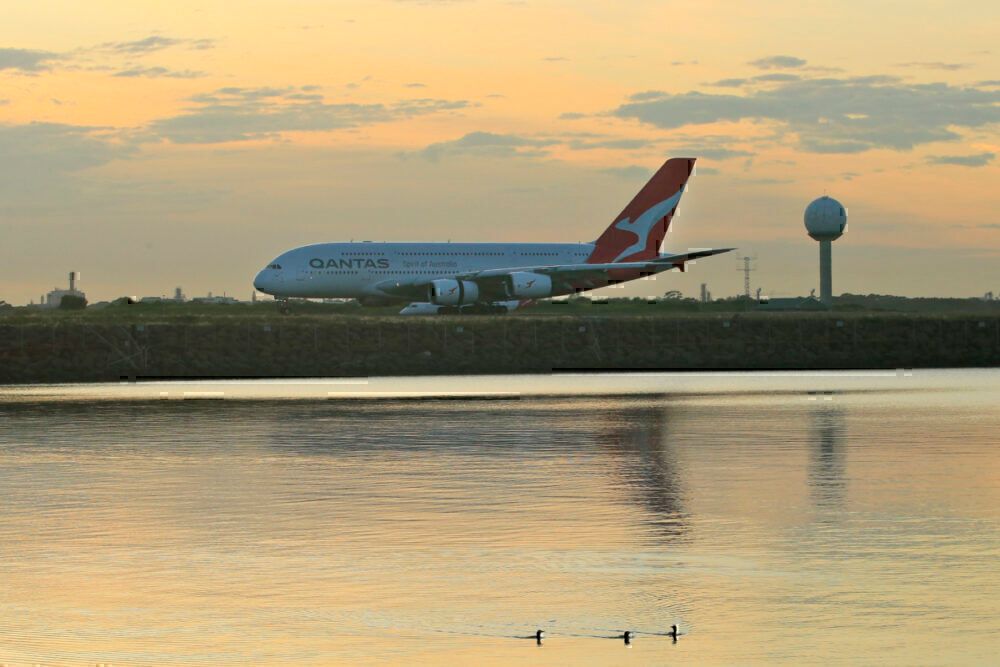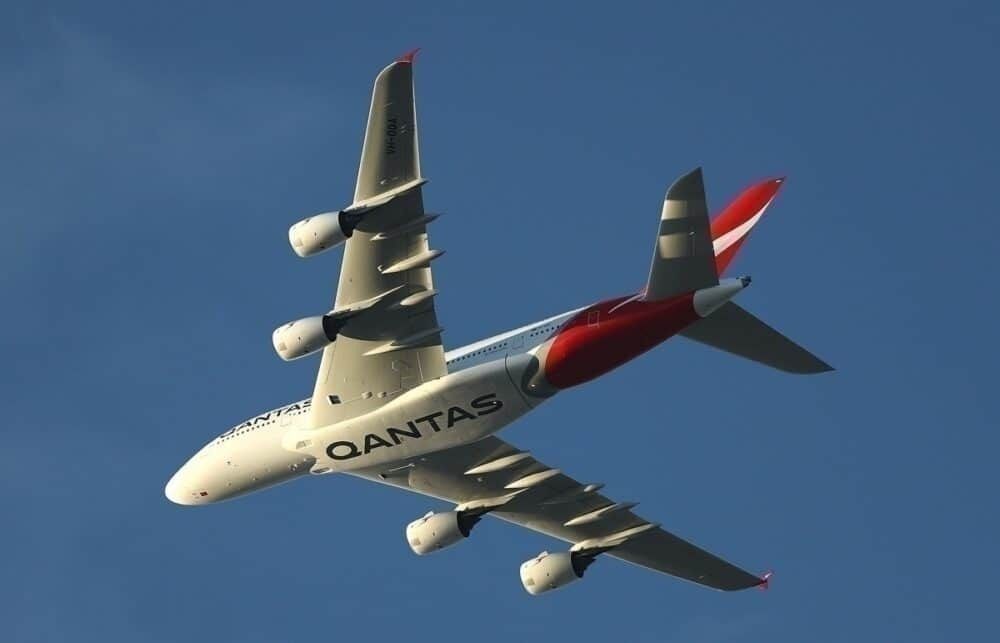Even before the ongoing coronavirus pandemic brought commercial air travel almost to a standstill, the Airbus A380 did not have the brightest of futures. Production of the type was officially canceled after just 12 years of commercial service in February 2019. By then, it was clear that the A380 was quickly becoming obsolete in today's airline industry.
Carriers nowadays are opting more and more frequently to instead order next-generation twinjet airliners such as the Airbus A350 to serve their long-haul needs. To compound the situation, the drop-off in passenger demand due to COVID-19 has seen many carriers prematurely retire their A380 aircraft. This is not a course of action taken by Australian flag carrier Qantas, but what exactly is the current situation concerning its 'superjumbo' fleet and its future?
A relatively old A380 fleet
According to Planespotters.net, Qantas has 12 Airbus A380 aircraft in its fleet. Their average age is 11.2 years old. The 12 aircraft were delivered between September 2008 and December 2011. Each A380 bears the name of a famous Australian aviator, with examples including Phyllis Arnott, John Duigan, and Charles Kingsford Smith. Sydney Airport is also named after the latter of these, who was part of the crew of the first-ever transpacific flight in 1928.
The downturn in passenger demand due to the coronavirus crisis has forced several airlines to retire their Airbus A380 aircraft prematurely. Air France, for example, withdrew its entire A380 fleet earlier this year. Meanwhile, Lufthansa has stated that there is a strong likelihood that its A380 aircraft will never fly again. Qantas, on the other hand, has not yet gone down the withdrawal route. Instead, it has elected to place its superjumbo fleet into storage. But where exactly has this been done, and how long have the aircraft been sitting dormant for?
Where are they now?
Of the 12 A380s in the Qantas fleet, 10 have been sent for storage in Victorville, California. The remaining two are currently also in storage elsewhere in the golden state, namely at Los Angeles International Airport.
According to FlightRadar24.com, this pair arrived at LAX from Abu Dhabi on July 25th (VH-OQD, Fergus McMaster) and Sydney on March 27th (VH-OQB, Hudson Fysh). The latter of these briefly took to the skies for a short test flight on June 10th. The examples stored in Victorville are as follows:
- VH-OQA - Nancy Bird Walton
- VH-OQC - Paul McGinness
- VH-OQE - Lawrence Hargrave
- VH-OQF - Charles Kingsford Smith
- VH-OQG - Charles Ulm
- VH-OQH - Reginald Ansett
- VH-OQI - David Warren
- VH-OQJ - Bert Hinkler
- VH-OQK - John Duigan/Reginald Duigan
- VH-OQL - Phyllis Arnott
How does the future look?
The move to store Qantas's Airbus A380 fleet looks very much like it will be a long-term measure. Indeed, Simple Flying reported in September that the Australian flag carrier would not be operating the type internationally again until 2023.
It is impossible to know what the airline industry will look like in three years. Qantas may well need to change its plans once again to reflect the present ever-changing circumstances. For now, one can only hope to be able to see its superjumbo fleet return to the skies later in the decade.
What are your thoughts? Let us know what you think in the comment section.



